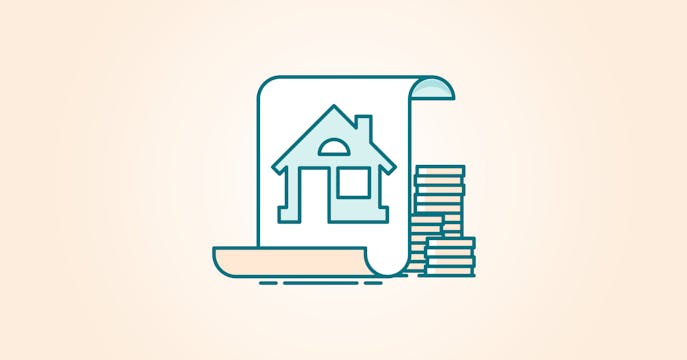A national housing crunch doesn't bode well for the future of Canadian home prices.
In 2023, we saw a whopping 46% increase in Canadian newbies waving the red maple leaf. The federal government curbed immigration in 2024, and the temporary resident outflow reached over 660K. Increased tightening and outflow are expected to continue for 2025 and beyond.
Still, our rapid population growth over the past few years, combined with not enough housing starts to keep pace, continues to put forward pressure on Canada's housing supply, which might send home prices up, not down. Not to mention all the first-time buyers who are looking for a chance to enter the market.
Factors that could affect the pace of home building:
- Higher building costs from tariffs
- Tariff-impacted supply chains
- Inflation
- Restrictive government taxes and legislation
- Availability of construction labourers
- NIMBYism
Federal, provincial, and city governments are furiously trying to clear the road to increase starts or increase the incentive to increase starts.
NIMBYism (not in my backyard) is another major obstacle to slapping up multi-dwelling housing in existing neighbourhoods that would ease the strain. (Calgary and Edmonton seem to have less trouble getting shovels in the dirt — both these cities have led national starts for months now.)
Many forces in Canada seem to be at odds, interfering with the pace of the Canadian housing inventory needed to keep up with current and future needs. We're not talking here about housing for low-income needs, which is also very urgent and essential — we're talking about enough housing to meet the general demands of an existing and growing population.
Canada is down by over 5 million homes needed by 2030 (on top of annual construction). The lack of inventory won't help stabilize home prices unless reasonably addressed in the coming years.
Rate drops and home price drops: can they co-exist?
Typically, lowering interest rates attracts buyers and stokes housing demand. But this time around, a brand new trade war with the U.S. is already sending shockwaves through economic channels that may further spook buyers. Despite lower rates, it has the potential to reduce demand compared to the original forecast for 2025.
However, home affordability is currently (still) at an all-time low in Canada. Home prices are down only about 17% from the 45% peak of March 2022, and rent and other prices are elevated, making it harder for home buyers to save enough down payment.
Will demand be reduced enough to bring home prices down? It remains to be seen whether a potential recession from trade disruption would continue to dissuade home buyers.
Beyond that, enough sellers would have to list to create a balanced market (in the short-term) in a low-interest-rate environment.
Are lower home prices good for all?
Home prices are seen through the eyes of the beholder. Many new buyers want prices to decrease to better afford a home, but sellers want them to stay higher (for obvious equity reasons).




